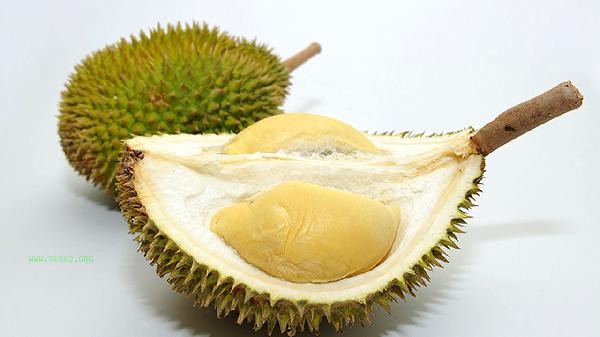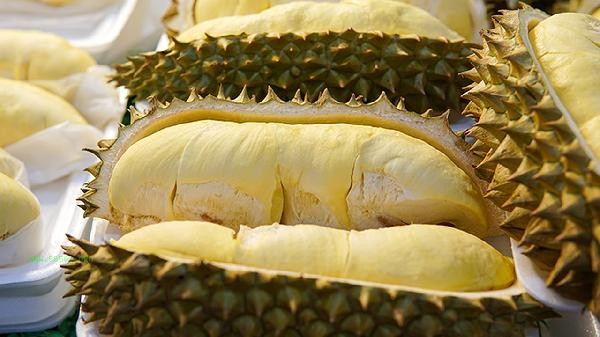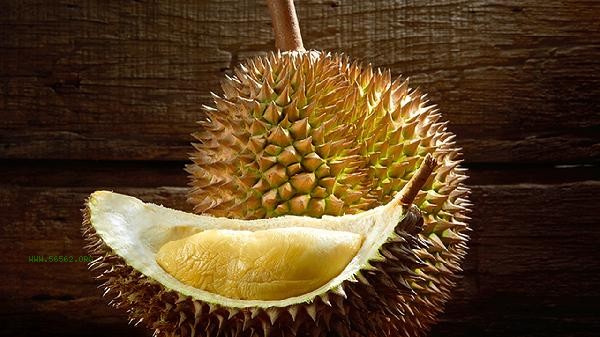The white part of durian flesh is usually edible, but it has a harder texture and a lighter taste. This part is the diaphragm or immature flesh of durian fruit, mainly composed of dietary fiber and a small amount of sugar. The white part of durian flesh is closely connected to the yellow flesh, with a hard texture and obvious fiber sensation. Its nutritional components are mainly dietary fiber, which helps promote gastrointestinal peristalsis, but the content of sugar and flavor substances is significantly lower than that of mature fruit pulp. Some varieties, such as Golden Pillow Durian, have a thin white diaphragm that can be chewed directly; The white fiber of varieties such as Maoshan Wang is thicker and tougher, which may affect the taste when consumed. From a food safety perspective, as long as the outer shell of durian is free from mold and the flesh shows no signs of decay, the white part will not produce harmful substances. In rare cases, the white part may pose a health hazard. If durian is stored improperly and causes the fruit shell to crack, the white membrane may be contaminated by microorganisms, and if it becomes sour or moldy, it is not edible. People who are allergic to durian should pay special attention, as the white part also contains allergenic proteins. People with weak gastrointestinal function who consume a large amount of high fiber white parts may experience bloating. It is recommended to try a small amount after peeling off. Some vendors may use ripening agents to treat durian flesh, which may result in residual chemicals in the white membrane. When purchasing, it is necessary to choose a legitimate channel.

When eating durian, it is recommended to prioritize the use of golden, soft, and mature fruit flesh. The white part can be consumed based on individual digestive ability. Pay attention to the freshness of the fruit pulp and avoid consuming parts with unpleasant odors or discoloration. Durian has a high sugar content. People with diabetes should control their intake and should not eat it with alcohol to avoid affecting metabolism. When storing, keep the fruit shell intact and consume it as soon as possible after cutting it open.










Comments (0)
Leave a Comment
No comments yet
Be the first to share your thoughts!